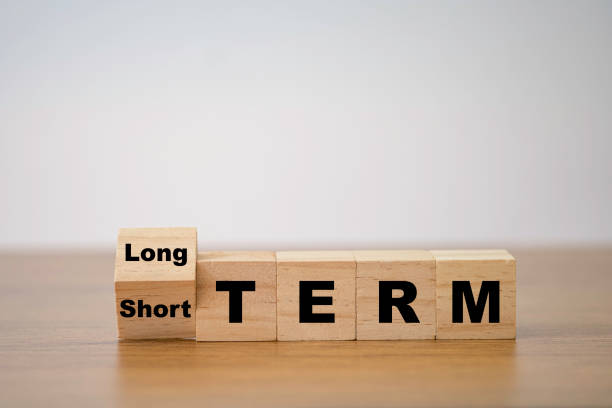
Short-term and long-term disability insurance plans are designed to provide financial protection by replacing a portion of an individual’s income if they become unable to work due to an illness, injury, or other disability.
Differences Between Short-Term and Long-Term Disability Insurance
| Feature | Short-Term Disability | Long-Term Disability |
|---|---|---|
| Coverage Duration | A few weeks to 1 year | Several years to retirement age |
| Benefit Amount | 50% to 70% of salary | 40% to 70% of salary |
| Waiting Period | 7 to 14 days | 90 days to 180 days or longer |
| Waiting Period | Typically lower premiums | Generally higher premiums |
| Purpose | Temporary disabilities | Long-term or permanent disabilities |
| Common Providers | Employers, state programs | Employers, private insurers, professional associations |
| Eligibility | May be automatic with employment | Often requires underwriting and medical evaluation |
Benefits of Disability Insurance
Important Considerations for Disability Insurance
- Definition of Disability: Policies may define “disability” differently. Some may cover “own occupation” disabilities (unable to perform your specific job) while others cover “any occupation” disabilities (unable to perform any job).
- Partial vs. Total Disability: Some plans only cover total disability, while others may cover partial disabilities or offer a residual benefit for reduced earning capacity.
- Premium Costs: Premiums vary based on factors like age, occupation, health, and desired coverage amount. Long-term policies usually have higher premiums than short-term ones.
- Renewability and Portability: Check if the policy is non-cancelable (premiums cannot be increased) or guaranteed renewable (coverage cannot be canceled if premiums are paid). Portability is essential if switching jobs.
- Integration with Other Benefits: Long-term disability benefits may be reduced if the insured receives other benefits, like Social Security Disability Insurance (SSDI) or workers’ compensation.
